
Pre-Contact
![]() efore the arrival of Europeans in North America, Indigenous Peoples were organized as sovereign nations. They had their own cultures, economies, governments and laws that continued after contact. They were generally in exclusive occupation of more or less defined territories, over which they exercised governmental authority (jurisdiction). Indigenous Peoples also owned the lands and resources within their territories, and so had property rights, subject to responsibilities placed on them by the Creator to care for the land and share it with plants, animals and other life forms, with whom they had reciprocal relationships.
efore the arrival of Europeans in North America, Indigenous Peoples were organized as sovereign nations. They had their own cultures, economies, governments and laws that continued after contact. They were generally in exclusive occupation of more or less defined territories, over which they exercised governmental authority (jurisdiction). Indigenous Peoples also owned the lands and resources within their territories, and so had property rights, subject to responsibilities placed on them by the Creator to care for the land and share it with plants, animals and other life forms, with whom they had reciprocal relationships.
The inherent right of self-government – and the other Aboriginal rights that Indigenous Peoples have in Canadian law today – come from Indigenous practices and laws and the sovereignty Indigenous Peoples exercised before and after contact with Europeans. These rights are inherent because they existed before European colonization and continued after the imposition of Euro-Canadian law. They are communal rights that come from Indigenous Peoples’ own laws and from their occupation and use of lands as sovereign nations.
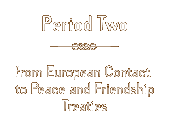
From European Contact to Peace and Friendship Treaties
he dates of first European contact with Indigenous Peoples are not always known and vary greatly in different parts of Canada. Contact usually had no impact on the pre-existing sovereignty and territorial rights of Indigenous Peoples, who continued to govern themselves and enjoy the same rights to their lands and resources as they did before contact. When Europeans asked if they could establish fur trading posts or settlements, Indigenous Peoples often gave them permission to do so. It is unlikely, however, that Indigenous Peoples intended to give up any of their sovereignty or land rights. Instead, they appear to have been willing to share with the Europeans, in exchange for the benefits of European technology and trade goods.
Apart from Jesuit missionary encounters and French settlements established in the early 17th century in Acadia (now in Nova Scotia and New Brunswick) and along the St. Lawrence River, most contacts between Indigenous Peoples and Europeans were initially commercial in nature. For example, after the Hudson’s Bay Company was created by the Rupert’s Land Charter in 1670, it established fur trading posts, first on Hudson Bay and James Bay and later in the interior of the continent and on the West Coast. After an initial period of flux between French and British traders, there were periods of peaceful co-existence with mutual reliance between the European traders and the Indigenous traders and host communities who engaged with them. However, the incentives of the fur trade and the introduction of European tools and weapons, as well as exposure to new diseases, affected Indigenous ways of life, including political and diplomatic relations among Indigenous nations themselves.
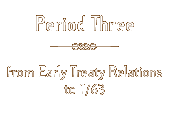

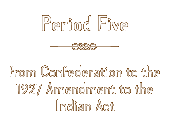

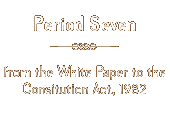
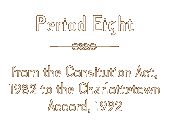

Use the dropdown menu below to explore selected significant Indigenous rights cases from 1995 to 2022...